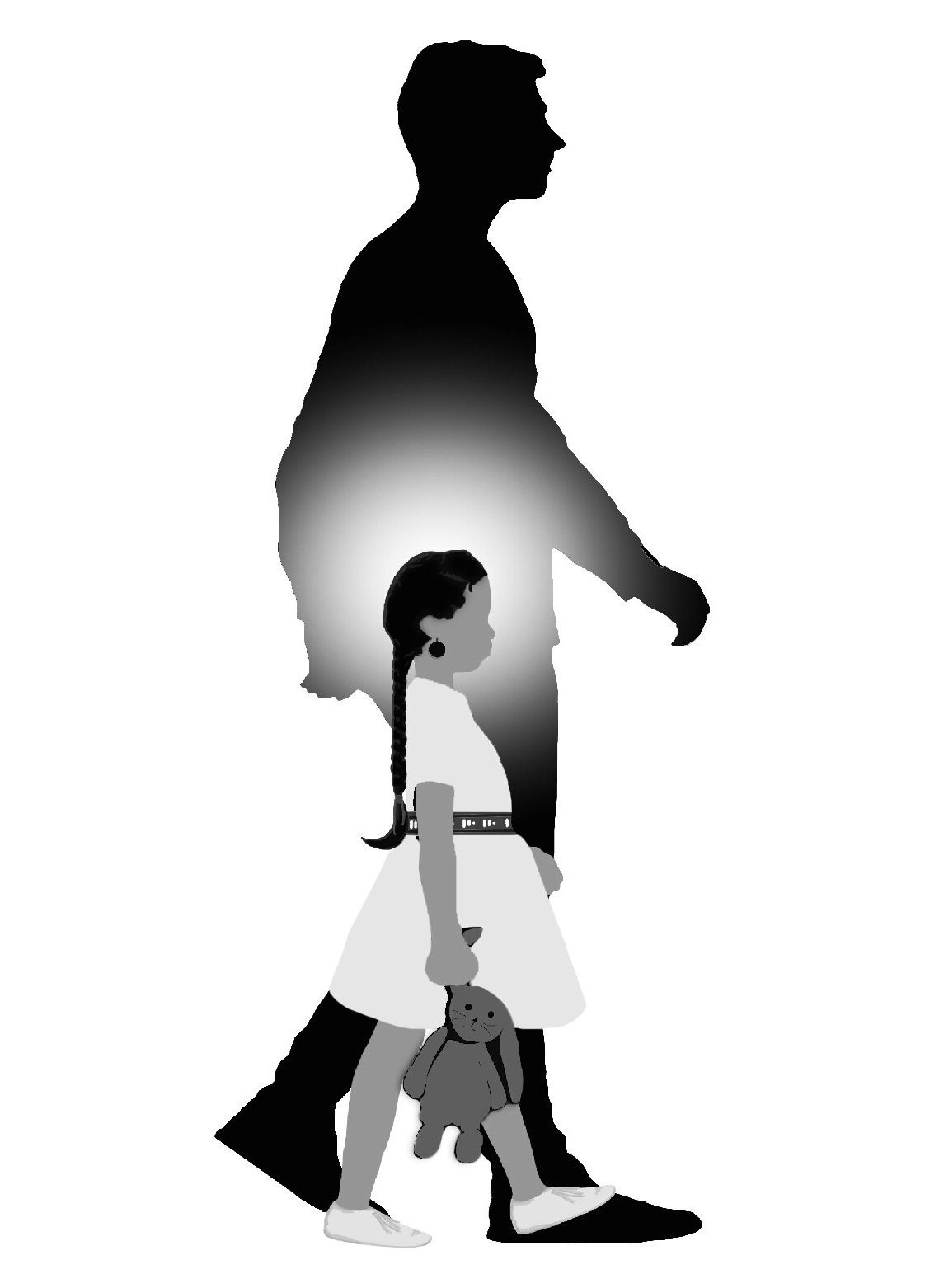
The Santa Susana Field Lab has been a hotspot of environmental racism and injustice for decades. We aim to stop that.
Members of the Rocketdyne Cleanup Coalition protest radioactive waste from the SSFL being sent to unlicensed sites.
We must stand up to protect others
Waste to EJ Communities
Coalitions and residents around the Santa Susana Field Lab (SSFL) have fought repeatedly against the Department of Toxic Substances Control (DTSC) for allowing low-level radioactive waste from the SSFL to be sent to landfills not licensed to accept it, which is cheaper than sending it to landfills made specifically to hold nuclear waste. These low-level radioactive waste sites are the best option available to protect wildlife, water, and people.
2013: Boeing sends thousands of tons of low-level radioactive waste from the SSFL to non-licensed sites and recycling facilities in Sunland, Ventura, Simi Valley, Asuza, Kettleman City, and Buttonwillow to save money. <Read More>
2022: Debris from a low-level radioactive building owned by the Department of Energy was to be sent to out-of-state landfills to save money. Residents and activists demanded it be sent to a site licensed to accept low-level radioactive waste. The DTSC finally agreed. <Read More>
2024: The Area 1 Burn Pit radiation was to be detected with gamma scanning that wouldn’t detect many of the radionuclides. Residents and activists are currently demanding that the DTSC use sufficient detection methods to prevent the soil from being “accidentally” sent to out-of-state landfills that are not licensed to accept radioactive waste.
Disproportionate
Impacts to Women
When deciding how much radiation a person can be “safely” exposed to at the Santa Susana Field Lab, scientists have based their calculations on the “Reference Man.” The problem is, he’s not the only person in town.
“The “Reference Man” is defined as being between 20-30 years of age, weighing 154 pounds, is 5’7” in height... he is Caucasian and is a Western European or North American in habitat and custom.””
Research from the Gender and Radiation Impact Project shows that women are, in general, twice as likely to suffer harm from radiation exposure than men. It’s not surprising that invasive breast cancer rates in the area directly surrounding the Santa Susana Field Lab have a 10-20% higher invasive breast cancer rate. <MORE HEALTH STUDIES>
By completely cleaning up the Santa Susana Field Lab, and properly disposing of the waste at licensed sites, we can protect women and girls who are more vulnerable to the impacts of radiation exposure at the Santa Susana Field Lab.

Tevin Schmitt, Wishtoyo Chumash Foundation
“Contaminants associated with SSFL have caused immense harm to the natural cultural resources and made it unsafe for local native community members to partake in traditional gathering and ceremonial practices. Boeing must commit to a full cleanup of this site in order to make these traditional practices possible again.”
“Genocide against Native Americans continues in modern times with modern techniques...the government and large corporations have created toxic, lethal threats to human health….Native Americans disadvantages are multiplied by dependence on food supplies closely tied to the land and in which toxic materials have been shown to accumulate.”
Los Angeles Times The Mission Tribes asked NASA in 1971 to protect the Burro Flats Painted Cave from erosion and vandalism by encasing the petroglyphs in glass. NASA rejected the request.
Burro Flats Painted Cave
The Burro Flats Painted Cave at the Santa Susana Field Lab is a priceless archeological artifact and a sacred place to several indigenous tribes, including local Chumash, Tongva, Tatavium, Kish, and the Gabrieleño Band of Mission Indians. The cave is covered in pictographs and petroglyphs and was used in solstice ceremonies.
The 12 acres surrounding the Burro Flats Cave are listed on the National Registry of Historic Places and would be rigorously protected according to the 2010 “Background” cleanup agreement. Additionally, the agreement had a cultural clause to protect all recognized artifacts at the site. It ensured a Cultural Monitor was present during any soil movement to guarantee the safety of any new discoveries. Old-growth oak trees, endangered species, and large rock formations would not be harmed during the cleanup, according to the 2010 cleanup clauses. These clauses were legally binding and would protect that which is irreplaceable.
In 2020, NASA proposed nominating all 2,850 acres of the Santa Susana Field Lab for the Registry of Historic Places. In their proposal, NASA stated they would donate the land to the closest federally recognized tribe, the Santa Ynez Chumash. The 70-page proposal was rejected because it failed to mention the site’s extensive contamination a single time.
Residents and activists argued that the SSFL should be returned to the Indigenous People, but it should be completely cleaned up first. Otherwise, NASA, Boeing, and the Department of Energy could try to use it as a loophole to get out of the complete cleanup.
Tevin Schmitt, a watershed scientist for the Wishtoyo Chumash Foundation, wrote, “Contaminants associated with SSFL have caused immense harm to the natural and cultural resources and made it unsafe for local native community members to partake in traditional gathering and ceremonial practices. Boeing must commit to a full cleanup of this site in order to make these traditional practices possible again.”
IN THE NEWS:
Los Angeles Times: NASA wants nuclear-contaminated Santa Susana site to be made a historic landmark
Los Angeles Times: Yes, Santa Susana is a ‘landmark’ — as a historic environmental disaster
Ventura County Star: Supervisors recommend rejection of NASA effort to have field lab declared cultural site
Ventura County Star: NASA aims to make field lab a cultural site; activists say it's ploy to get out of cleanup
Ventura County Star: State nod moves forward proposed Native American sacred site at Santa Susana Field Lab
Los Angeles Daily News: Santa Susana Field Lab could become cultural site; some fear that will impede toxic cleanup
E&E News: 'It's Orwellian': Native loophole lets NASA shirk cleanup
Ventura County Star: Rarely Black and White





